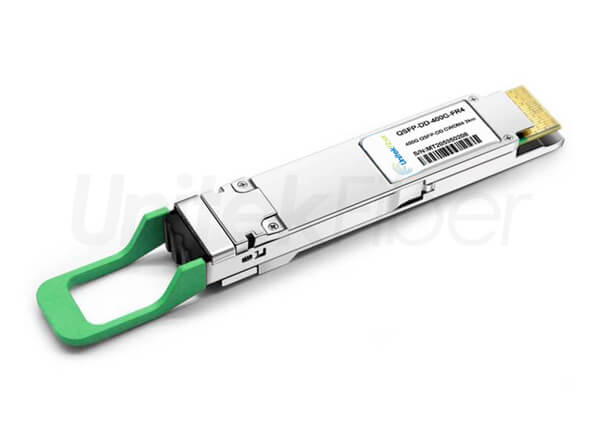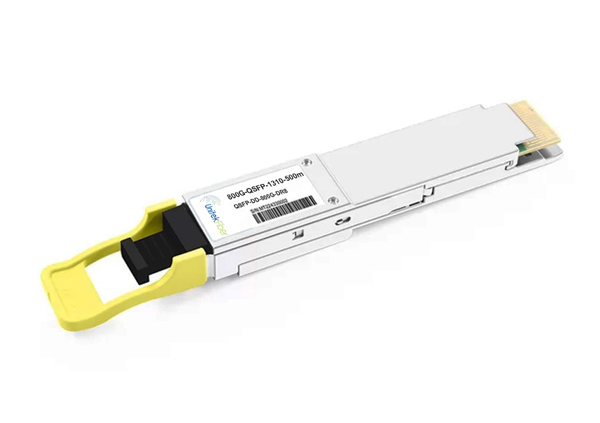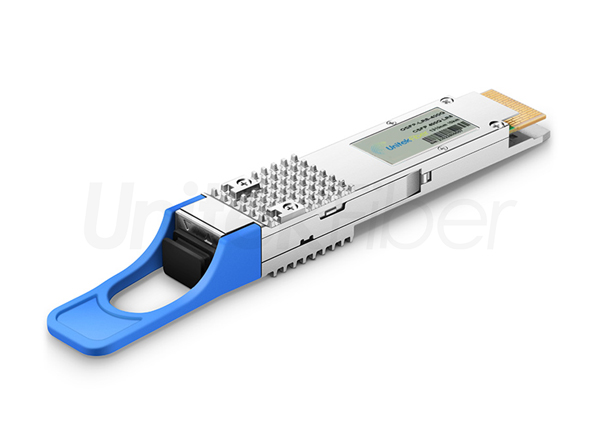
With the rapid advancement of high-performance computing (HPC) and data center technologies, the demand for 800G optical modules has increased significantly. These fiber modules play a critical role in enabling ultra-high-speed connectivity within modern network. When choosing a suitable 800G optical module, there are some key factors to consider, including transmission distance, connector type, package form factor, power consumption, heat dissipation design, and connector housing structure.
The 800G optical transceiver is an advanced optical transmission technology that supports data rates up to 800Gbps. Utilizing cutting-edge technologies such as multiplexing and wavelength division multiplexing, it efficiently handles massive amounts of data. Its compact design, available in QSFP-DD and OSFP form factors, makes it ideal for high-density deployments. By integrating 800G fiber transceivers, enterprises can enhance network connectivity, meet growing bandwidth demands, and achieve low-latency and efficient data transmission.
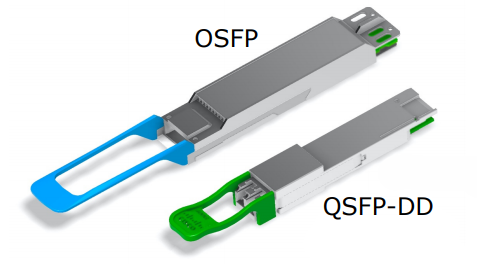
The transmission range of an 800G optical transceiver depends on its type, with different models suited for specific application scenarios:
800G SR8 (Short Range 8-lane): Optimized for multimode fiber transmission of up to 50 meters, it is ideal for short-reach interconnects and intra-data center connectivity.
800G DR8L, DR8, XDR8 (Data Center 8-lane): Utilizing single-mode fiber, these support distances from 100 meters to 2 kilometers, making the optical modules suitable for high-performance data centers or campus interconnects.
800G 2FR4 (2x Far Range 4-lane): Based on single-mode fiber, it supports distances of approximately 2 kilometers, catering to longer-reach applications like data center interconnects (DCI).
800G 2LR4 (2x Long Range 4-lane) and PLR8 (Parallel Long Range 8-lane): These transceiver modules support extended ranges of 10 kilometers or more, serving as an ideal choice for inter-data center links or metropolitan area network (MAN) deployments.
Transmission performance can also be affected by factors such as fiber quality, environmental conditions, and potential signal attenuation. To ensure seamless integration and reliability, organizations should evaluate their specific use cases and align transceiver selection with both current network and trend requirements to enables high-efficiency performance and reliable data communication across the entire network.
When selecting 800G optical transceivers, it is essential to ensure their compatibility with existing optical network infrastructure. Organizations should carefully assess current systems, including connector interfaces, fiber types (single-mode or multimode), and supported network protocols. Common connector types include dual MTP/MPO-12 APC, dual LC duplex UPC, and MTP/MPO-16, each suited for specific 800G transceiver types such as SR8, 2FR4, and PLR8.
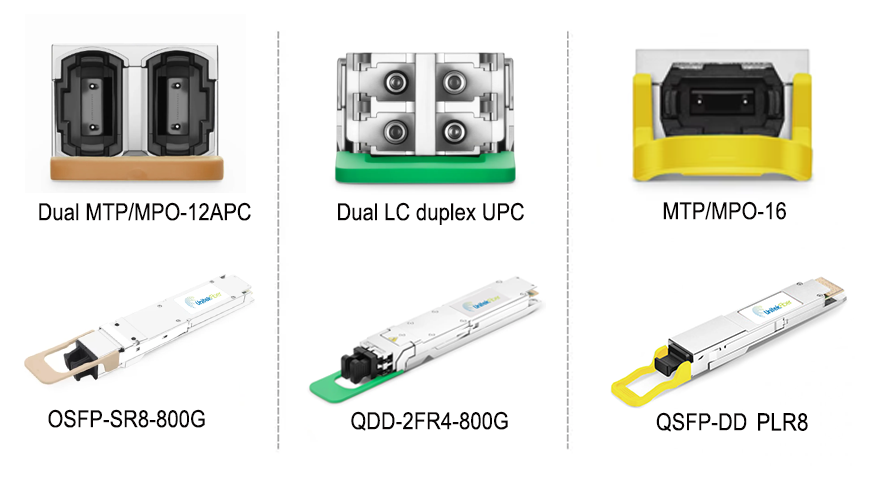
Verifying compatibility with network switches and routers is equally important. While most modern network equipment supports advanced transceiver standards, compatibility with existing hardware should always be confirmed. Ensuring seamless interoperability across platforms enhances network efficiency, safeguards capital investment, and minimizes the risk of equipment obsolescence.
QSFP-DD optical transceiver offers seamless backward compatibility with 200G/400G Ethernet, enabling cost-effective upgrades and easy integration. In contrast, the OSFP form factor is slightly larger and is only compatible with devices equipped with OSFP ports. This typically requires infrastructure upgrades to accommodate its size and connector design, resulting in higher hardware modification costs during deployment.
QSFP-DD is primarily used in Ethernet networks, providing broad compatibility and reliability. OSFP, however, has a wider application range that extends beyond Ethernet to include InfiniBand and high-performance computing (HPC), enabling it to meet advanced networking requirements.
If your strategy involves long-term network expansion with a focus on future scalability and where cost constraints are less critical, OSFP may be the preferable choice. OSFP is designed not only to support high speeds such as 400G and 800G but is also positioned to 1.6T and beyond. Furthermore, its support for technologies such as InfiniBand provides a more future-proof foundation for evolving infrastructure demands.
Effective heat dissipation is critical for maintaining hardware durability and signal stability in 800G optical modules. OSFP fiber modules are equipped with integrated heat sinks, significantly enhancing their thermal performance. The primary distinction between top-mounted heat sink optical modules and flat-top fiber modules lies in their approach to thermal management and deployment scenarios.
Top-Mounted Heat Sink: These transceiver modules feature a heat sink structure that improves airflow efficiency. They are specifically designed for switches like the Quantum-2 InfiniBand and Spectrum-4 Ethernet series. This design optimizes cooling efficiency in environments with active airflow systems, ensuring stable operation in high-performance deployments.
Flat-Top: Flat-top fiber modules feature a smooth, compact design optimized for tight integration within host systems. They rely on the host's thermal solution and are commonly used in applications such as ConnectX-7 InfiniBand network adapters, ensuring seamless heat conduction and reliable connectivity.
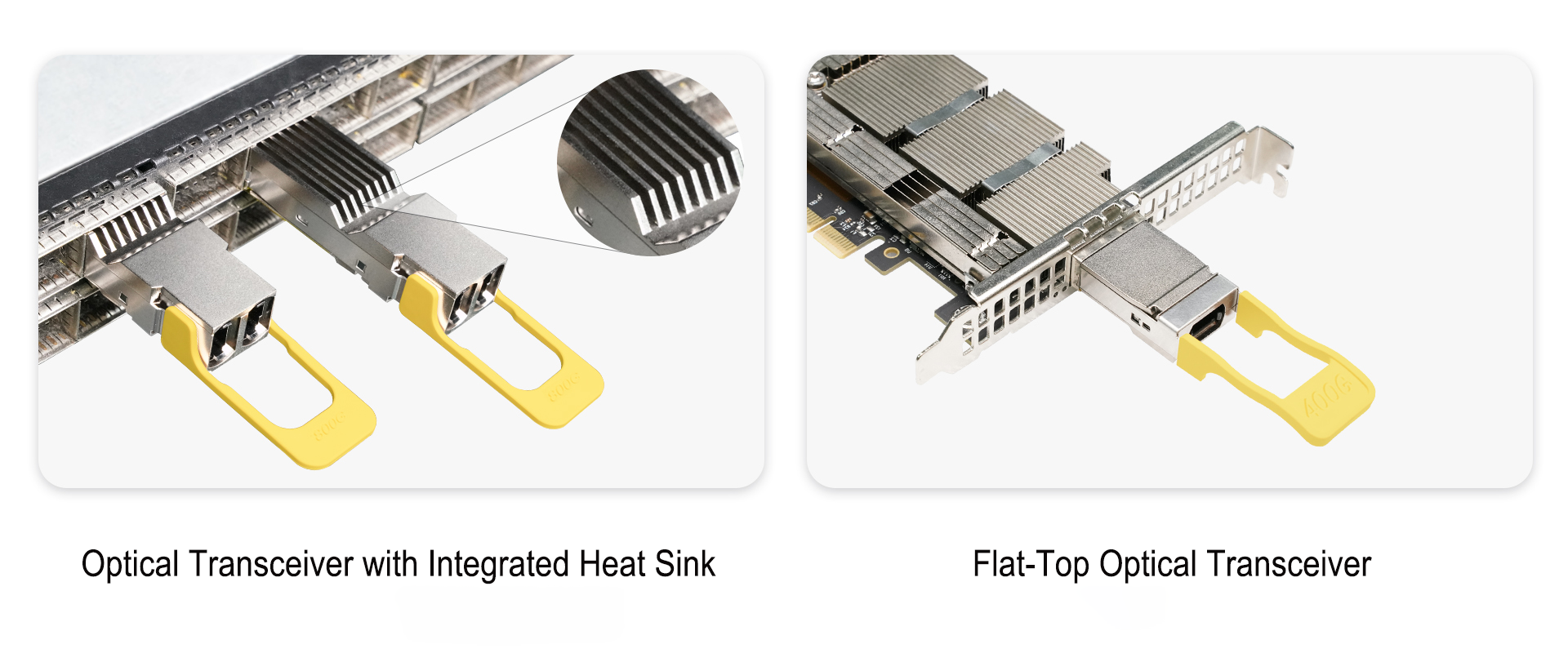
Balancing effective thermal management with device-specific compatibility ensures efficient performance, improved reliability, and extended hardware life in diverse network environments.
Power consumption is a critical factor in optical transceiver selection, as it directly impacts network operational efficiency. Typical power dissipation for 800G optical modules ranges from 13W to 18W per port. For example, the OSFP-SR8-800G-FL optical module consumes ≤15W, making it well-suited for energy-efficient deployment environments.
As the demand for high-speed connectivity continues to surge, 800G optical transceivers are driving innovation in modern networks through their advanced technology, superior scalability, and high reliability. UnitekFiber's 800G optical modules, with their rigorous testing, broad compatibility, and proven reliability, deliver a trusted solution for efficient and seamless data transmission. Choose UnitekFiber's 800G fiber transceivers helps you achieve a robust and future-proof network upgrade.

